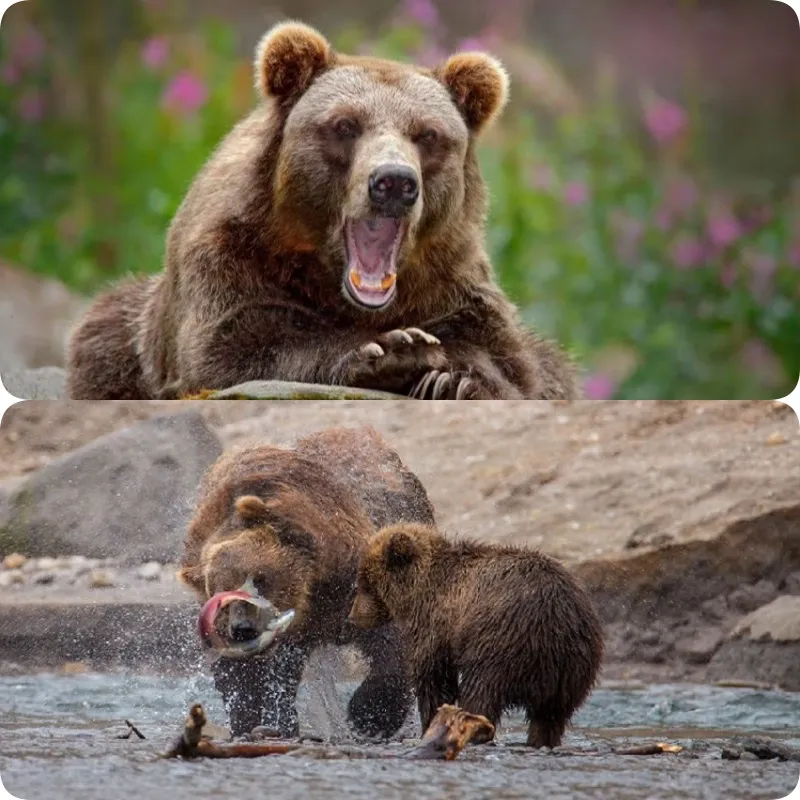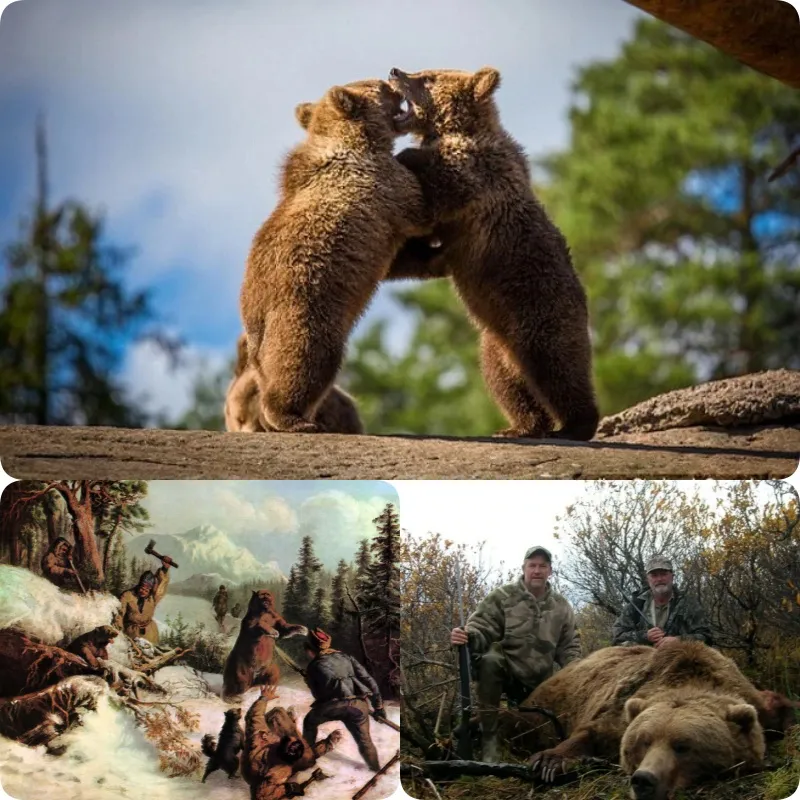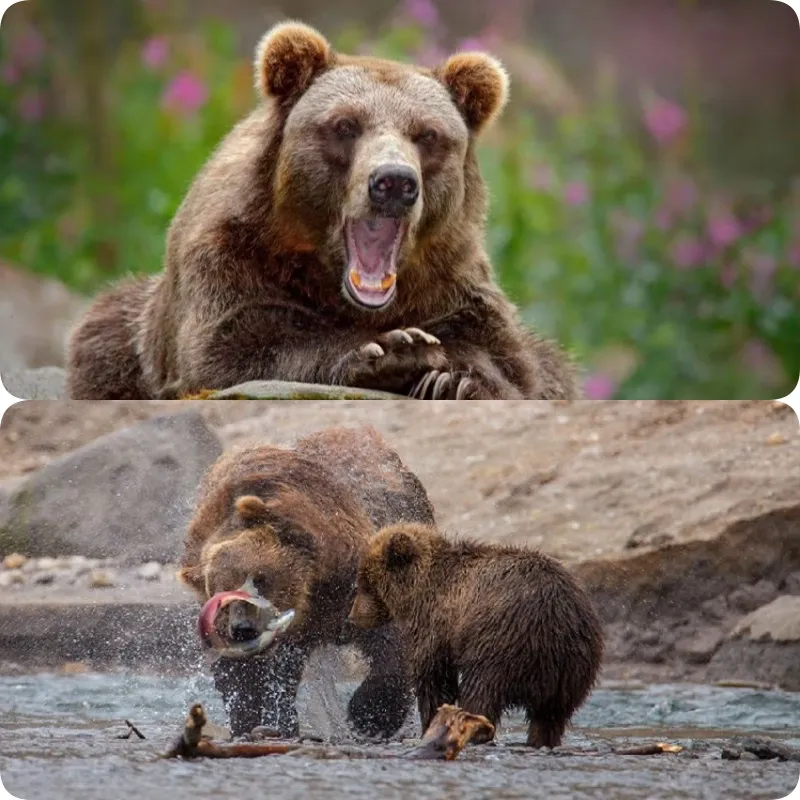
Sweden Permits the Hunting of Nearly 500 Brown Bears in 2024
In 2024, Sweden has authorized the hunting of 486 brown bears, a decision that has sparked controversy and strong opposition from wildlife protection groups. The hunting season, which runs from August 21 to October 15 or until all permits are exhausted, will see the culling of approximately 20% of the country’s bear population, reducing their numbers to around 2,000.
Director of Communications for the Swedish Association for Hunting and Wildlife Management, the permits are intended to “maintain ecological balance between humans and large predators” in line with national wildlife conservation policies.

However, this move has faced sharp criticism from conservationists, who argue that it represents “pure trophy hunting” and that the quota of nearly 500 bears is excessively high. Within the first hours of the hunting season, over 70 bears were reported killed across the country. Notably, 70% of Sweden’s land area is forested, providing habitat for many large predators such as wolves, lynxes, and brown bears. In 2023, Sweden allowed the hunting of 649 brown bears.
Animal protection groups argue that setting hunting quotas is inappropriate, especially as the European Union (EU) has listed the brown bear as a species “in need of strict protection.” They contend that the actual bear population in Sweden is not large. To illustrate this, they compare it to Japan’s Hokkaido island, which has a bear population five times greater than Sweden’s, despite being only one-fifth the size.

The Swedish Environmental Protection Agency has warned that if high-frequency bear hunting continues, the population could drop to 1,400 individuals, the minimum required to sustain the species. The Swedish government has banned the hunting of female bears with cubs and bears under one year old, but conservationists worry that this policy is difficult to enforce.
Ecologist Jonas Kindberg warns that brown bears take 3-4 years to reach maturity and only give birth to a few cubs every 2-3 years. During hunting, it is often challenging for hunters to distinguish between male and female bears, increasing the risk of mistakenly killing females with cubs.






